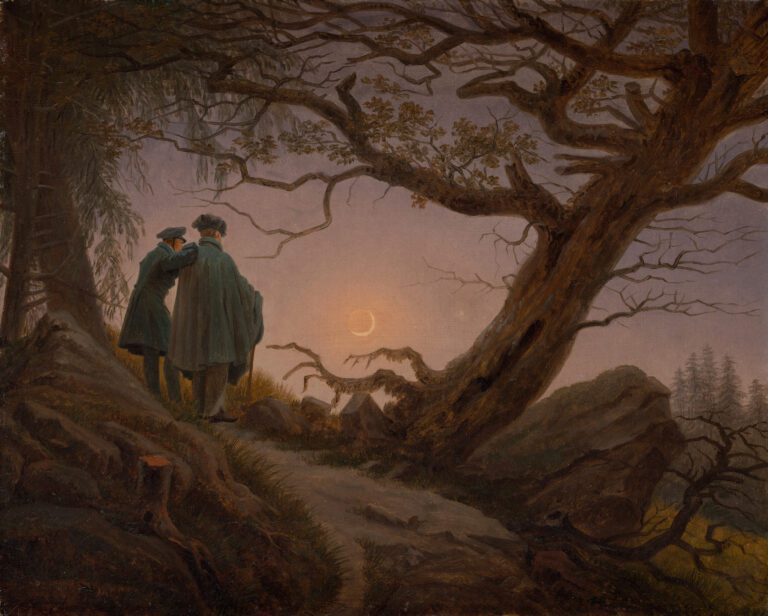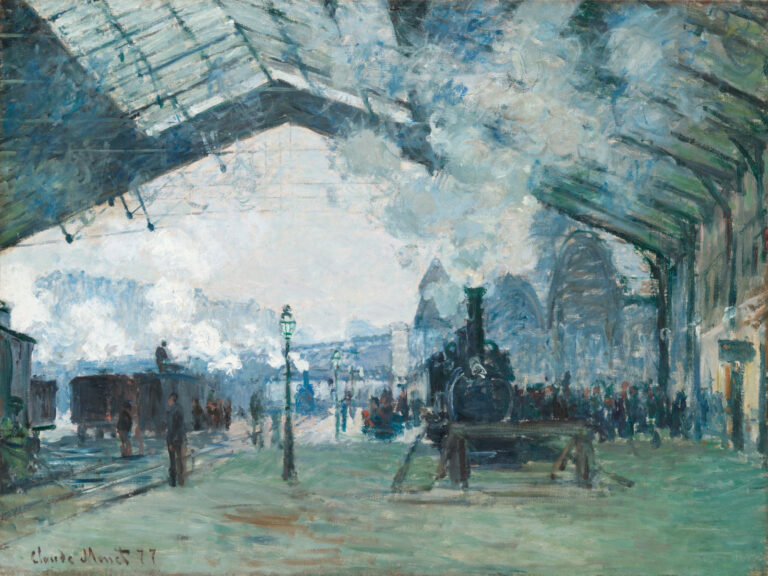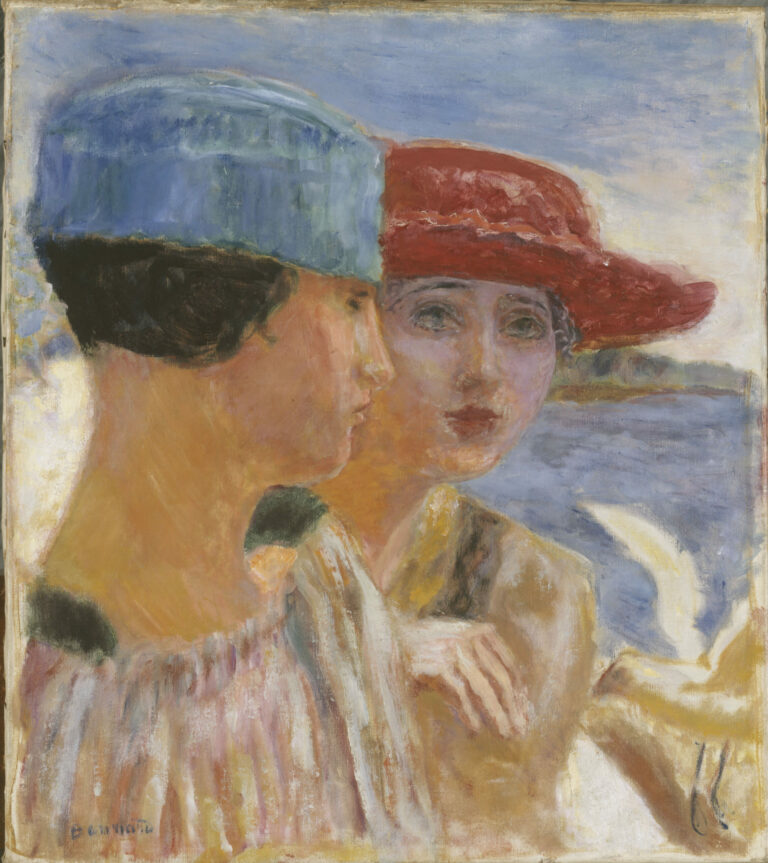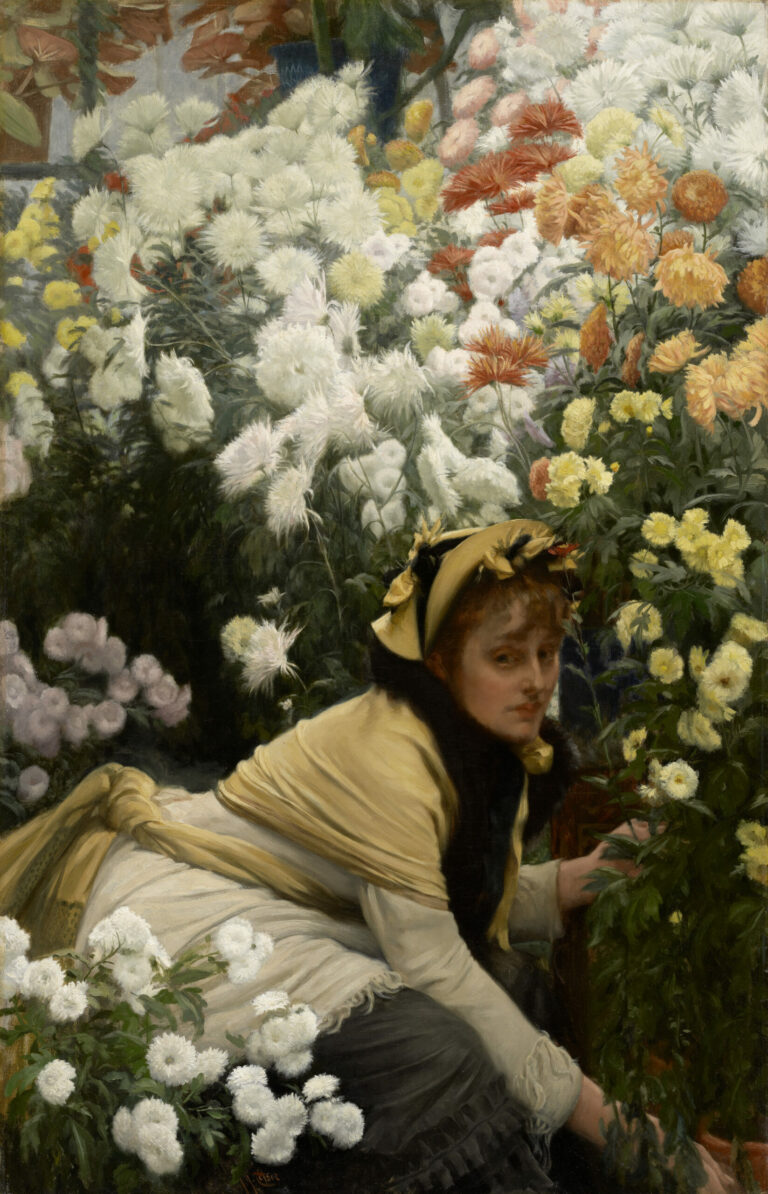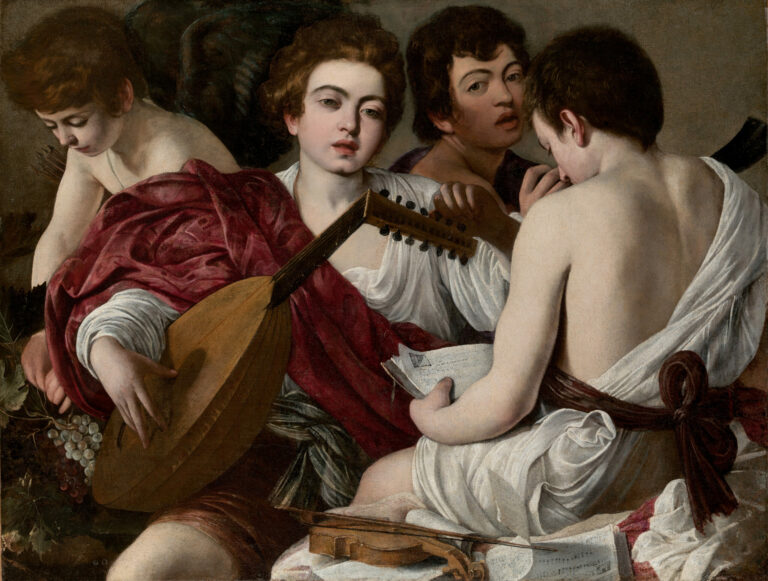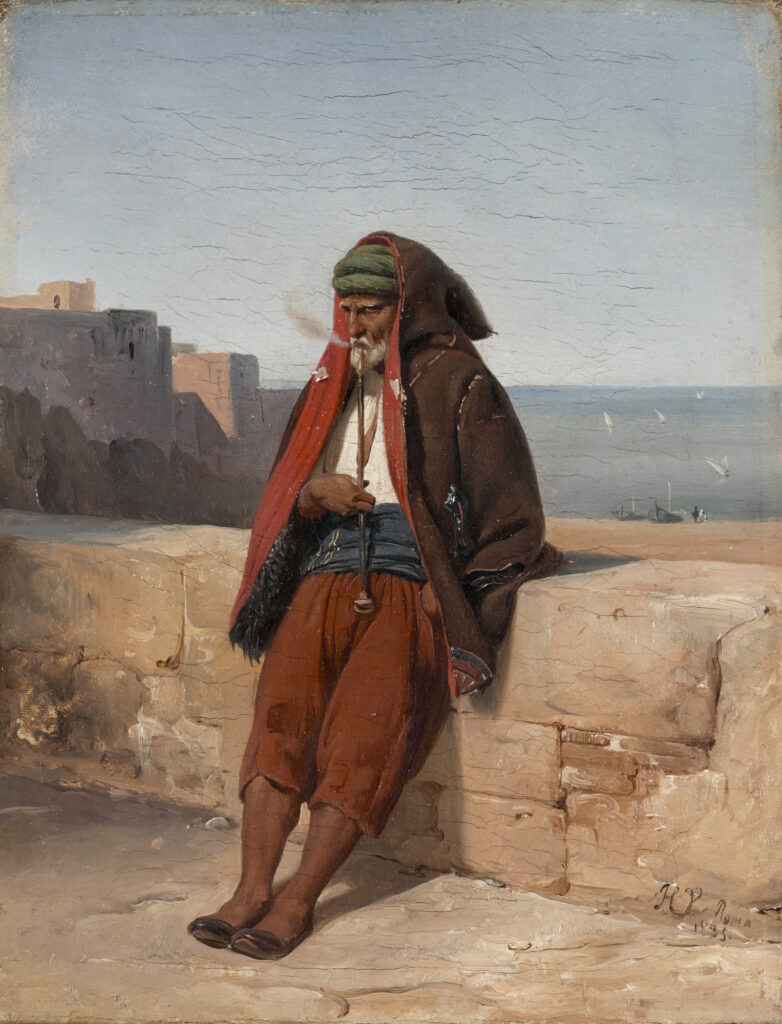
“An Algerian Smoking a Pipe” (1835) reflects the Orientalist fascination that seized French art in the 19th century, particularly after the conquest of Algeria in 1830.
Vernet captures a man in traditional costume, pipe in hand, contemplating the horizon from a terrace overlooking the sea. The painter reveals his mastery in rendering textures: the brown burnous, the belt, contrasting with the brightness of the vernacular architecture. The balanced composition opposes the static figure of the smoker to the vast maritime landscape where a few boats can be discerned. This easel painting perfectly illustrates Vernet’s documentary approach during his Algerian sojourn: direct observation, precise notation of costumes and physiognomies, pursuit of ethnographic authenticity. The artist avoids theatrical exoticism to favor a humanistic vision, restoring the natural dignity of his model within a typically Maghrebian architectural setting.
Further Information
- Horace Vernet, An Algerian Smoking a Pipe, 1835
- Oil on canvas, 29 cm x 22.5 cm
- Städtische Galerie im Lenbachhaus und Kunstbau Munich, permanent loan from the Christoph Heilmann Foundation
- https://www.lenbachhaus.de/en/digital/collection-online/detail/ein-algerier-eine-pfeife-schmauchend-30032091
Horace Vernet (1789-1863), descending from a dynasty of painters, embodied the official art of the July Monarchy and the Second Empire. Grandson of Claude Joseph Vernet and son of Carle Vernet, he inherited a keen sense of observation and virtuoso technique. He undertook several journeys to North Africa that fed his Orientalist work. A renowned battle painter and chronicler of Napoleonic epics and colonial conquest, Vernet also excelled in genre painting and ethnographic portraiture. His style, combining documentary precision and dramatic sense, made him one of the most popular artists of his time, a bridge between David’s Neoclassicism and the new Romantic aspirations of the French school.

